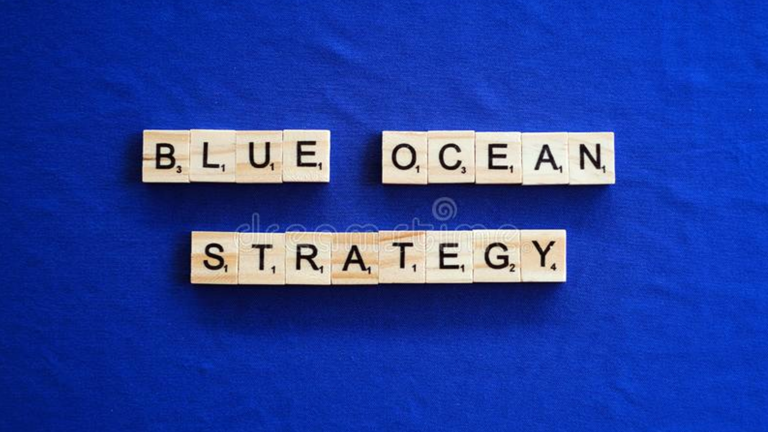Blue Ocean Strategy is a business strategy that aims to create new market spaces, or “blue oceans,” rather than competing in existing market spaces, or “red oceans.” It is based on the idea that companies can achieve greater growth and profitability by pursuing untapped market opportunities, rather than engaging in head-to-head competition with other companies.
The Blue Ocean Strategy was first introduced in the book “Blue Ocean Strategy: How to Create Uncontested Market Space and Make the Competition Irrelevant” by W. Chan Kim and Renée Mauborgne. In the book, Kim and Mauborgne argue that most companies operate in highly competitive markets, where they are constantly fighting for market share and profits. These markets, which they refer to as red oceans, are characterized by intense competition, low margins, and limited growth potential.
In contrast, blue ocean markets are markets that are not yet fully developed, where there is little or no competition. These markets offer significant growth potential and higher profit margins, as companies are able to create and capture new demand. According to Kim and Mauborgne, blue ocean markets are created when companies are able to offer something that is new, different, and valuable to customers, and that cannot be easily replicated by competitors.
To create a blue ocean market, companies need to break away from the competition and pursue a unique value proposition that offers something truly new and valuable to customers. This can involve creating new products or services that meet unmet customer needs, or developing new business models that disrupt existing markets. It can also involve making strategic choices, such as choosing to target a new customer segment or entering a new market.
One of the key tools that companies can use to create a blue ocean market is the blue ocean strategy canvas, which is a visual tool that helps companies identify and evaluate their strategic options. The canvas consists of four key components: the value curve, the four actions framework, the six paths framework, and the three tiers of non-customers.
The value curve is a graphical representation of how a company’s offering compares to the offerings of its competitors in terms of price and value. By plotting the value curve, companies can see where they are positioned in the market, and identify opportunities to create a new value curve that offers something different and better than what competitors are offering.
The four actions framework is a tool that helps companies identify the key factors that drive value for customers, and evaluate how they can create a unique value proposition that offers something new and valuable. The framework consists of four key questions: what to eliminate, what to reduce, what to raise, and what to create. By answering these questions, companies can identify the key elements of their value proposition, and make strategic choices that will differentiate them from competitors.
The six paths framework is a tool that helps companies identify new sources of value that can be leveraged to create a blue ocean market. The framework consists of six paths: the buyer utility path, the price path, the cost path, the adoption path, the adaptation path, and the redefinition path. By exploring these paths, companies can identify new opportunities for value creation, and develop a unique value proposition that will enable them to break away from the competition and create a blue ocean market.
The three tiers of non-customers is a tool that helps companies identify potential customers who are not currently served by existing market offerings. By dividing non-customers into three tiers – the unnoticed, the neglected, and the rejectors – companies can identify new customer segments that they can target with their unique value proposition. This can help companies expand their customer base and create new demand for their offering.
Overall, Blue Ocean Strategy offers a powerful framework for companies looking to create new markets and service new customers.

